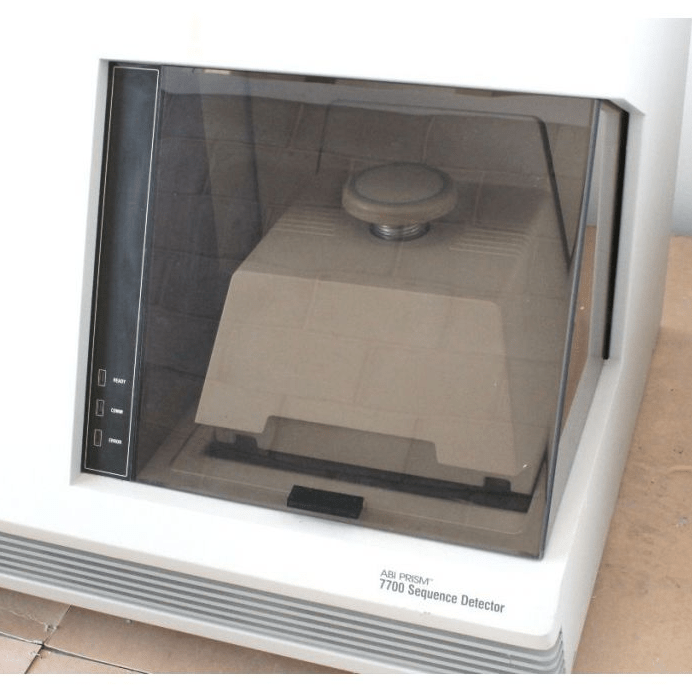Sequence detection systems are vital tools in many domains, such as digital signal processing, data analysis, telecommunications, and pattern recognition. They find patterns or sequences inside data streams. Through their ability to identify specified sequences and initiate relevant actions or reactions, these systems are essential in improving the accuracy and efficiency of data processing. The basics, main parts, functions, applications, advantages, and implementation difficulties of sequence detection systems will all be covered in this article.
Also Read Article: Patti Carnel – What Became of Bobby Sherman’s EX-Wife?
Table of Contents
A sequence detection system: what is it?
A device known as a sequence detection system finds particular data patterns or sequences in a bigger dataset. The system’s purpose is to identify a sequence of bits, signals, symbols, or events that happen in a specific order. The system can do a number of things, like sending out alarms, starting processes, or recording particular events, once it recognizes a predetermined pattern. Digital communication systems frequently use sequence detection systems to synchronize signals, verify data integrity, and identify error codes. To find recurrent patterns that might point to particular results or behaviors, they are also used in fraud detection, financial data analysis, industrial automation, and pattern recognition activities.
Essential Elements of a Sequence Detection Mechanism
- Signal processor for input: Receiving and pre-processing incoming signals or data is the responsibility of the input signal processor. This stage involves preparing the data for pattern recognition, which may entail normalizing the data, filtering out noise, or digitalizing analog signals.
- Pattern Recognition Algorithm: The pattern recognition algorithm is the brains behind any sequence detection system. This method compares incoming data to a preset sequence using logical operations and mathematical approaches. Finite State Machines (FSM), correlation methods, and machine learning-based strategies are examples of common algorithms.
- Sequence Comparator: This device assesses whether the observed sequence conforms to the anticipated pattern by analyzing the processed data in real-time. It keeps an eye on the data stream continually, comparing each new batch of data to the predetermined order kept in its database.
- Trigger Mechanism: The trigger mechanism initiates a predetermined response upon detecting a match. This reaction could be as straightforward as sending out an alert or as intricate as starting a series of events within an industrial process control system.
- Feedback Loop: To improve the functionality of sophisticated sequence detection systems, a feedback loop may be incorporated. This loop modifies the system’s parameters in real-time by using the outcomes of earlier detections to increase the precision and speed of subsequent detections.
The Operation of Sequence Detection Systems
- Data Input: For analysis, the system gets either a batch of data or a continuous data stream. Binary data, digital signals, or other encoded information could be this data.
- Pre-processing: To eliminate any noise or distortions that can impede precise detection, the raw data is filtered and processed. After that, the data is arranged in a format that is appropriate for pattern analysis.
- Pattern Matching: The system compares the processed input with known patterns kept in its database using its algorithm. To determine whether the data follows the predetermined sequence, this entails evaluating the data piece by piece.
- Detection and Action: The system initiates a predetermined action, like issuing an alarm, logging the occurrence, or turning on a control mechanism, if the data follows the predicted sequence.
- Learning and Adaptation: Based on fresh information and changing patterns, certain sequence detection systems with learning capabilities can improve their pattern recognition methods. Over time, this adaptive behavior lowers false detections and increases system efficiency.
Sequence Detection Systems’ Applications
- Telecommunications: Sequence detection is used in digital communication systems to detect faults, synchronize transmission, and identify data packets. It contributes to the correct and effective data transmission across communication networks.
- Data Security and Fraud Detection: In cybersecurity, anomalous patterns that can point to a security breach or fraudulent behavior are found using sequence detection algorithms. For instance, they are able to identify unusual patterns in user behavior that might point to attempted hacking or illicit activities.
- Signal Processing: To find certain patterns in waveforms or other signals, signal processing uses sequence detection. It is commonly used to separate important information from noise in voice recognition, audio processing, and radar systems.
- Industrial Automation: Sequence detection systems are used in manufacturing and industrial environments to monitor machine operations and control processes. They are able to identify particular patterns in the functioning of machinery that can point to a problem or the want for repair.
- Sequence detection systems: are essential for the analysis of DNA, RNA, and protein sequences in bioinformatics. Researchers can improve biotechnology and medical research by better understanding genetic architecture and functions through the identification of particular genomic patterns.
Benefits of Sequence Detection Systems
- Advantages of Sequence Detection Systems: Enhanced Precision: Sequence detection systems exhibit a high degree of precision in discerning particular patterns within data. In areas like financial transactions or medical diagnosis, where even the smallest mistake can have serious repercussions, accuracy is crucial.
- Real-Time Processing: Because these systems can analyze data in real-time, they are perfect for applications like emergency warnings or live monitoring systems that call for quick decisions based on data trends.
- Enhanced Efficiency: Sequence detection systems have the speed and efficiency to handle massive amounts of data. This feature speeds up the process of finding patterns and increases the system’s overall output.
- Versatility: Sequence detection systems can be employed in a multitude of sectors and fields, including banking, telecommunications, healthcare, and industrial automation, due to their versatility.
Challenges of Implementing Sequence Detection Systems
- Implementation Challenges: Creating and putting into place a successful sequence detection system can be difficult from a technological standpoint. It necessitates a thorough comprehension of data analysis methods, signal processing, and algorithms.
- Data Quality: The quality of the input data has a significant impact on the sequence detection accuracy. False positives or overlooked trends may result from noise, mistakes, or insufficient data.
- Computational Resources: In order to collect and analyze data streams constantly, real-time sequence detection might be resource-intensive, requiring a large amount of memory and processing power.
- Scalability: Sequence detection systems must be able to scale effectively as data volumes increase. It can be difficult to make sure the system keeps up its accuracy and performance when there is more data available.
Conclusion
Systems for sequence detection are vital components of contemporary signal processing, pattern recognition, and data analysis. These technologies improve operational efficiency in a variety of industries and facilitate real-time decision-making by precisely detecting predetermined patterns within data streams. Although putting these systems into place can be challenging due to factors like complexity and poor data quality, the advantages greatly exceed the drawbacks. Sequence detection systems are constantly developing as a result of technological breakthroughs, becoming more versatile, effective, and essential to data-driven applications.





